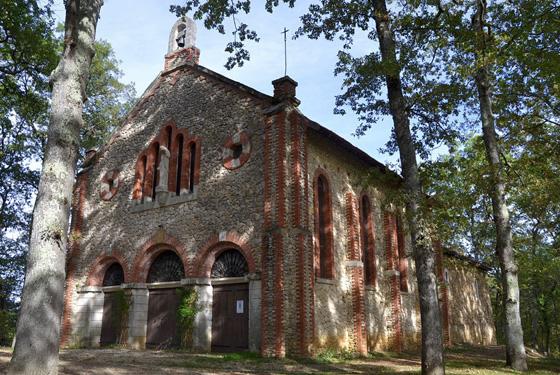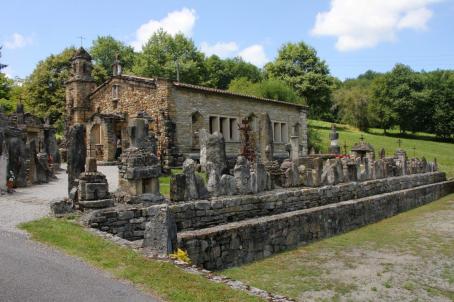Chapel of Notre-Dame de Montaut

Small dirt paths lead us without great difficulty to the Note-Dame de Montaut chapel. Accessible via the village located 170m lower, it is in full nature that rises the modest chapel of Montaut. A previous chapel existed before, easily explaining the difference of stone between the two bodies of buildings which constitute it. Indeed, during an annual pilgrimage, on September 8 of a year that one could not specify, the dean priest of Sainte-Croix proceeded to the installation of the first stone of the future chapel, then was planned to raise the walls of the preceding chapel.
About this building
The chapel Notre-Dame de Montaut is very old although one does not have any information as for its origins. The very rough and primitive apse which forms its bedside makes one think of the Xth century. It was famous by the miracles that the virgin accomplished there. Its apse is vaulted in the shape of a semi-dome and it is well paved. It is magnificently decorated. The altar is in bas-relief with columns. In the middle stands a statue of the Virgin with the child, threaded with gold, in front of an altarpiece also gilded. The sanctuary took its place in the religious life of the bishopric of Rieux in the first half of the 17th century. At that time the chapel was a large building, its great feast day was the 15th of August, the feast of the Assumption. The crowds went there in long processions. A fountain refreshed the pilgrims.





